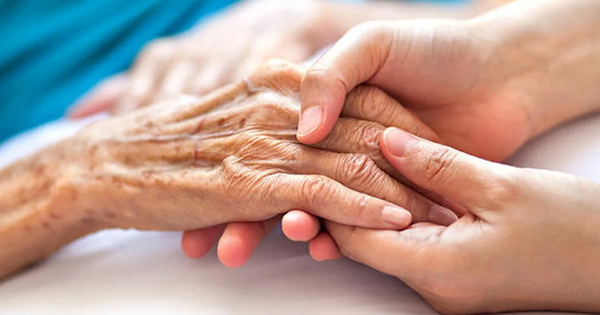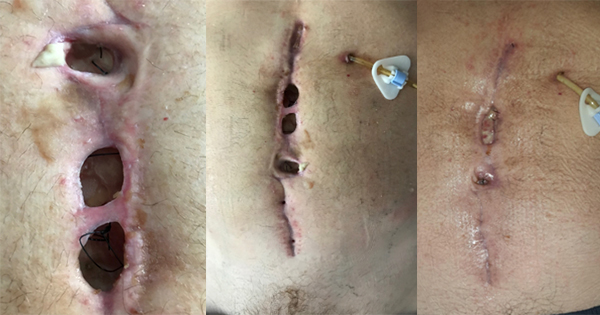Pressure ulcers are now rightly regarded as a quality indicator in the UK health system. Consequently, it is imperative that they are accurately assessed, graded and managed. In any area of extant pressure damage, there is a continuum of tissue involvement, extending from changes that occur before any skin breakage, through to ulceration that may involve tendon and bone, all of which clinicians need to recognise and document. The careful assessment of the degree of tissue involvement is crucial to prognostic and therapeutic decisions.
There are many systems of classifying, or grading this damage, some of which have been in widespread clinical use for decades — for example, Ludwig Guttman wrote extensively on this topic in the 1950s (Guttman, 1955).
There have long been disputes over the classification of ulcers, as well as over the reliability and utility of grading systems (Barbenel, 1977; Healey, 1995; Bethell 2003; Nixon et al, 2005). Today, thanks to national expert panels, as well as extensive research, the situation is very different. Attempts to standardise pressure ulcer classification have been made — the American Agency for Health Care Policy and Research (AHCPR) and the European Pressure Ulcer Advisory Panel (EPUAP) have worked closely together for over 20 years to achieve this goal. However, has this made the anticipated progress that was expected at the time? There have been a number of iterations of the EPUAP guidelines in recent years, each intended to refine and improve the grading of lesions.
While various validation studies proceed, it is important to obtain feedback from interested parties on how these EPUAP developments are perceived. With grade 3 and 4 pressure ulcers (EPUAP) being seriously considered as ‘never’ events in the NHS, validity, ease of teaching, accuracy and ease of use for both frequent and infrequent users are crucial requirements in any grading system. One could reasonably argue that any system has to be accessible to the least-skilled member of the team. The implications for patients, clinicians, and hospitals is immense. Thus, we have invited Mike Clark, Chairman of EPUAP, and Heather Newton, an experienced tissue viability nurse, to contribute to this debate.
Richard White






